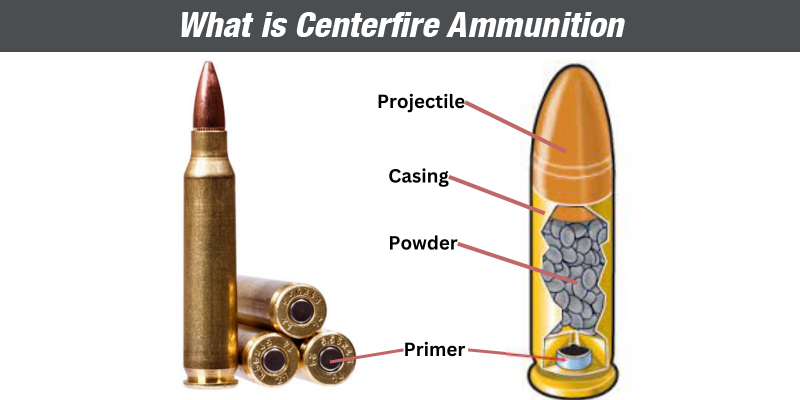A Biased View of Ammunition Pro Llc
A Biased View of Ammunition Pro Llc
Blog Article
See This Report about Ammunition Pro Llc
Table of ContentsTop Guidelines Of Ammunition Pro LlcNot known Facts About Ammunition Pro LlcThe Of Ammunition Pro LlcThe 9-Second Trick For Ammunition Pro LlcEverything about Ammunition Pro Llc
The fundamental parts of ammo are the exact same for rifle, pistol, and shotgun ammo. Knowing just how ammunition functions is a crucial aspect in being a liable weapon owner. Today we're considering the what the basic components of ammo are and exactly how they interact to fire a round. The fundamental parts of ammunition shown on a 9mm. Firearm Ammunition round.It houses the primer and powder. The bullet is seated outdoors end of the case. When you terminate a bullet out of a semi-auto weapon, the gun's extractor raises the case from the firing chamber and it flies out of the weapon. The case is likewise in some cases described as shells, brass, or casings.
A gun's firing pin strikes a cartridge's primer. The primer is a steel cup that holds an explosive chemical substance. When the firing pin strikes the primer cap, it squashes the priming substance against the anvil. This produces a tiny surge in case that ignites the propellant. The primer lies in the edge of the situation of a rimfire cartridge.
The Ammunition Pro Llc PDFs
Gunpowder next to the situation that generally includes it. It is generally a mix of saltpeter, charcoal, and sulfur.

We call the projectiles for shotshells, which we discharge via shotguns, slugs and shot. Now that you have a standard understanding of the basic parts of ammunition, you can really feel a little a lot more certain in how your gun and ammo feature!.
Some Known Facts About Ammunition Pro Llc.
Maintain up with Unique Offers, Breakthrough Notice of Sales, and Store Occasions
Fun truth: Grains are used to define the mass of a bullet due to the fact that completely back in the very early days of guns, it was a dispenser's device of dimension, and a common step was required to identify just how much lead to use to make actors lead bullets (Ammo Retailer). 'Grains' as a device of step for weight copulates back to old times, and represents the weight of a grain of wheat
(https://pastebin.com/kqgg249m)For recommendation, the weight of a paper clip is about 16 gr. So, we understand that grains are an action of mass, and extra = much heavier, and heavy is excellent, appropriate? Yes, heavy is great, but mass of the projectile isn't the only thing you require to take into consideration when choosing a round for your firearm.
The smart Trick of Ammunition Pro Llc That Nobody is Discussing
This spin is produced by grooves reduced or hammered into the interior of the barrel, which are described as 'gunning'. Enjoyable fact, this is the beginning of the term "Rifle" ex-spouse. A rifled musket vs. smoothbore firearm. The impact this spin has on projectiles is a supporting one the bullet turning maintains the nose directed directly, similarly that a completely spiraled football throw is going to be a lot more secure and exact in trip than an awful duck, end over end throw.
How does this associate to grain weight? Visualize you're on one of those playground carousels, the ones with bars you hold on to while it spins.
The very same impact happens with bullets. The heavier the projectile, the even more result a faster rotate will certainly have on it.
The Definitive Guide to Ammunition Pro Llc
There's another element that we have to think about when picking a grain weight for our ammunition. As meant above, bullet rate, or the rate of the projectile, is a significant factor when establishing the most effective grain weight projectile to utilize. Velocity is impacted by a few major elements, consisting of the kind and amount of propellant (gunpowder), barrel size, and bullet weight.

The most usual grain weight rounds for 9x19mm cartridges are 115gr and 124gr. These are normally lead core, completely jacketed (FMJ) rounds. Both of these grain weight cartridges will certainly execute well in manufacturing facility 9mm handguns, to normal pistol ranges (up to 50 backyards). 115 grain rounds are one of the most common (and for that reason least expensive).
Report this page